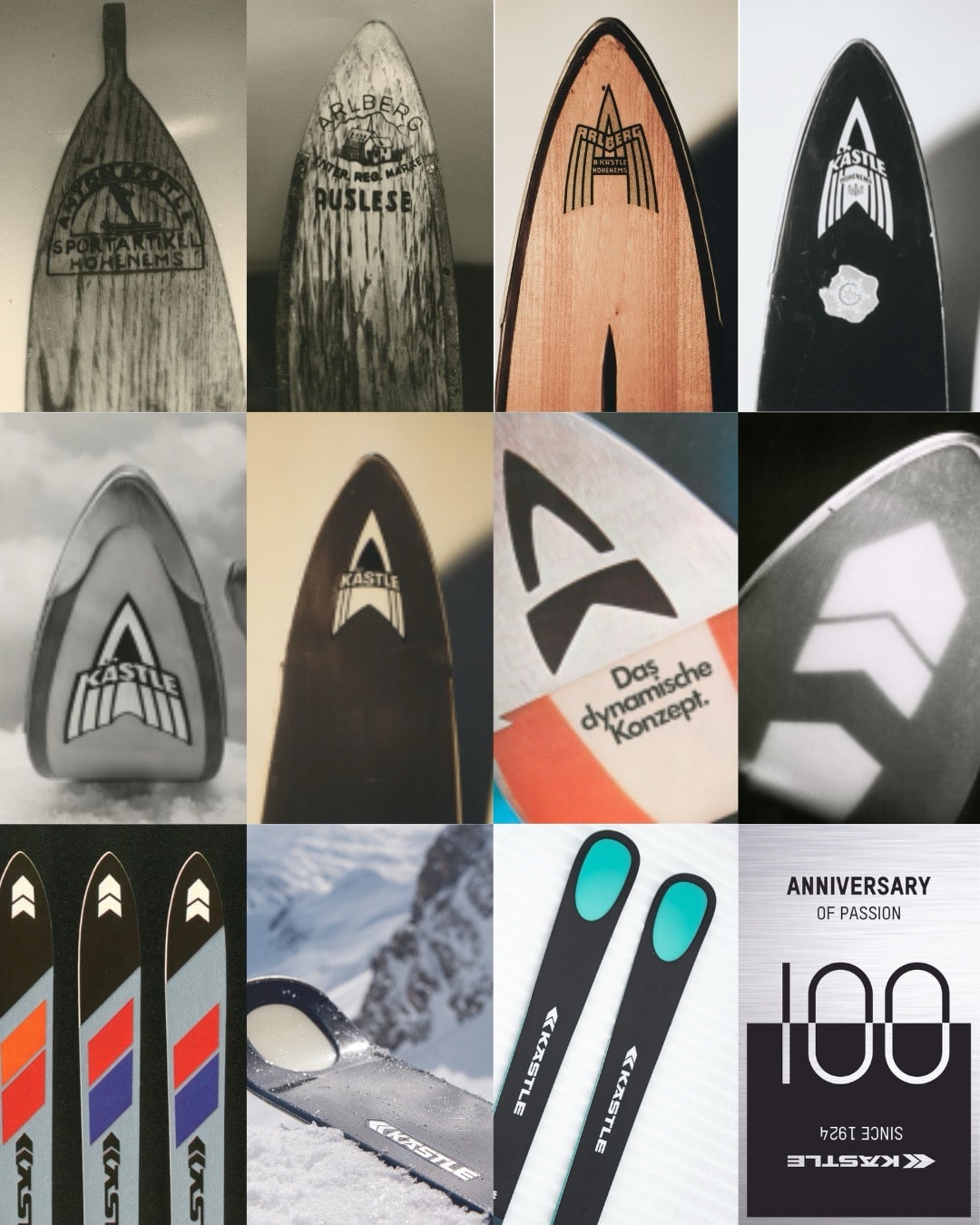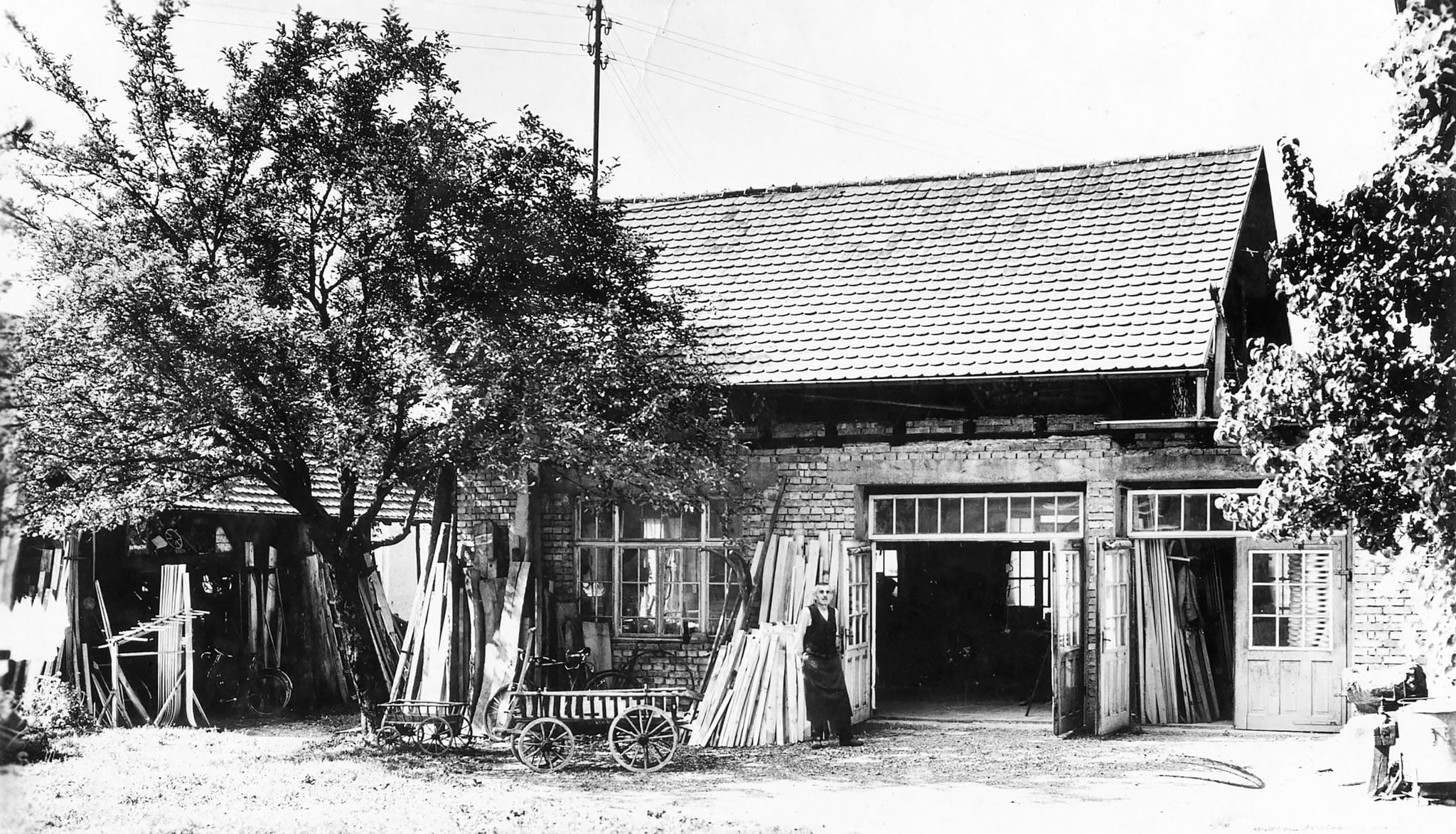
The ski industry can be fickle, but a few companies have been able to persist and prosper, one of which is Kästle, which is celebrating its 100th anniversary this year. This makes Kästle one of the oldest ski manufacturers still in existence—only two are older: Rossignol (117 years) and Völkl (110 years). Fischer shares a birth year with Kästle. Other perennial powerhouse brands are all younger: Stöckli (89 years), Elan (88 years), Solomon (77 years; it started making steel edges for skis, then bindings & boots, and in 1990, skis), Blizzard (79 years), Head (74 years), Atomic (69 years), K2 (62 years), and Dynastar (61 years).
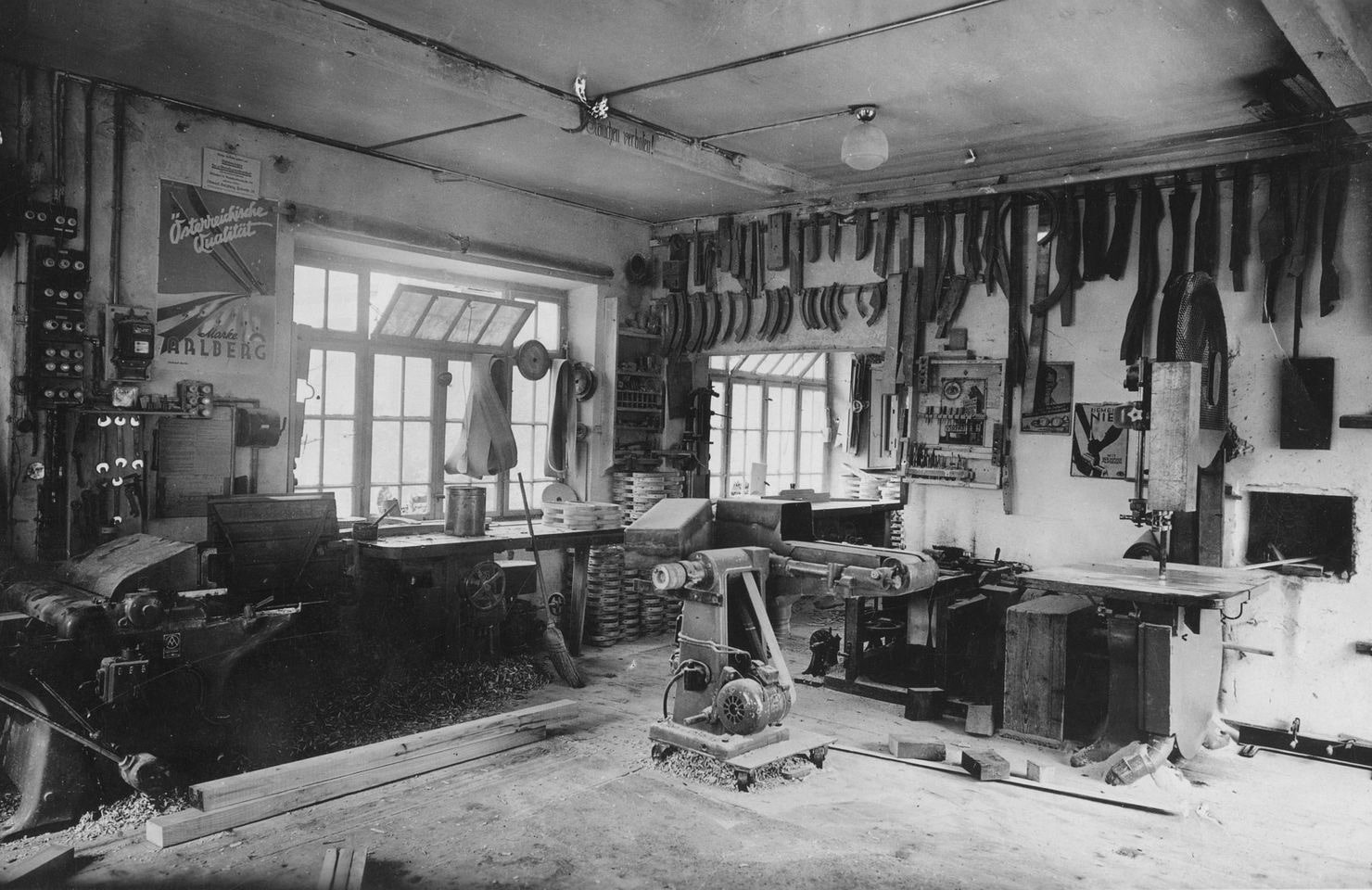
Ski brands come and go and then come back again: the tale of Kästle is one of quality, hardship, perseverance, and success. Kästle was founded in 1924 by Anton Kästle in Hohenems, Austria. He developed a reputation as a quality craftsman with the brand becoming a leader in the industry. Initially sold under the label “Arlberg,” Kästle’s skis were the first made from ash wood. To celebrate the centenary anniversary, The International Ski and Snowboard Federation (FIS) Ski Museum in Damüls, Austria, presents the “100 Years of Kästle Ski” exhibition currently on display until Easter 2025.
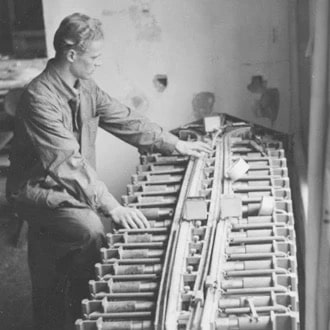
From 1937-1939, Kästle suspended ski production due to a shortage of raw materials and then again from 1945-1947 due to post-war prohibitions. In 1947, the company resumed production. This sparked a successful decade for Kästle, which saw its sponsored athletes win three gold medals at the 1952 Olympics in Oslo, Norway, and another 20 medals four years later in Cortina, Italy. The entire American Ski Team raced on Kästles at the 1956 Cortina Olympics.
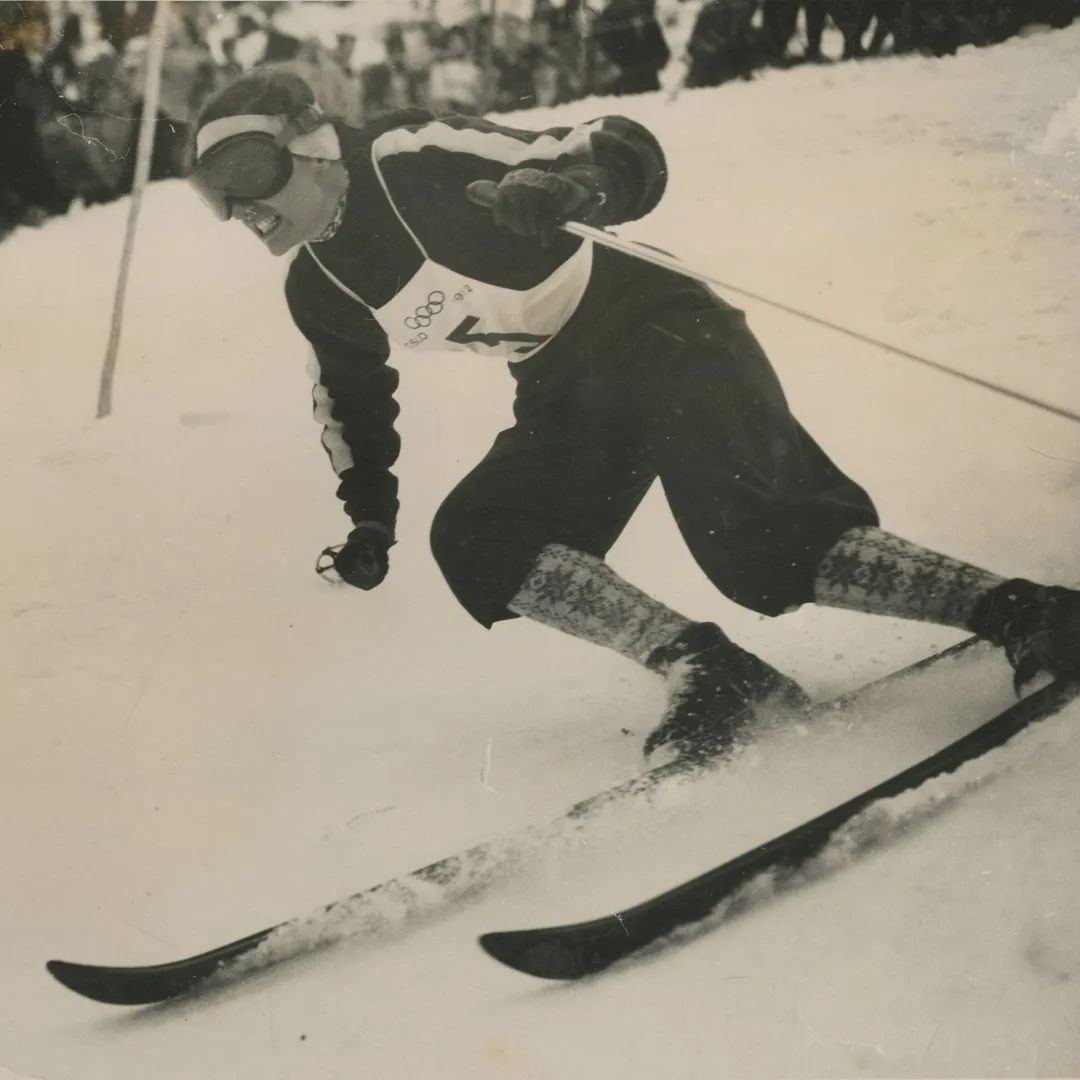
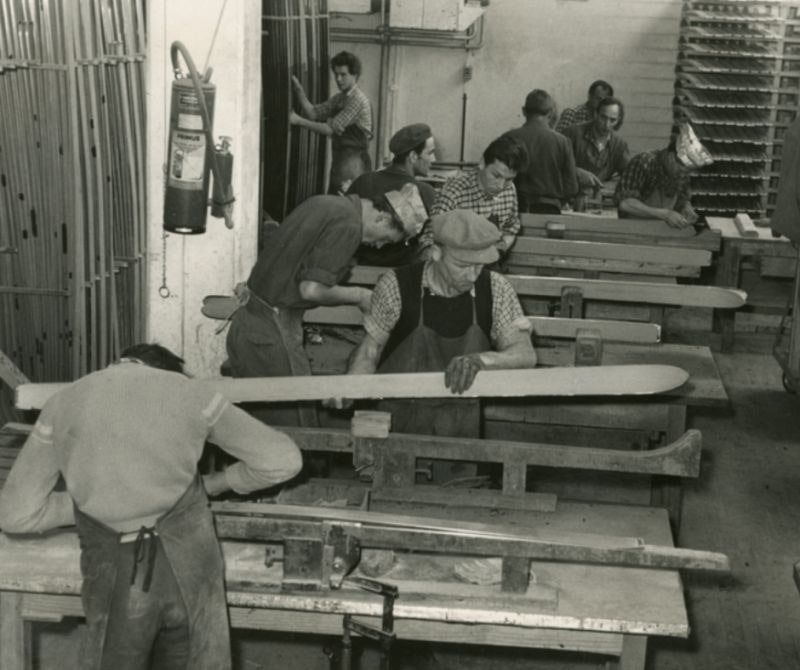
In 1964, the company pioneered a three-layered fiberglass, wood, and metal ski. This method was labeled compound-metal-plastic (CPM) and is cited as one of the early versions of the sandwich construction. The transition from wood skis to CPM was not flawless. In 1968, Anton Kästle sold the Vorarlberg ski factory to Josef Fischer Jr. and Fischer’s sister, Selma Sturmberger, who merged the company with its family business Fischer Sports AG. This period marked the best years for Kästle, with around 400,000 pairs of skis manufactured at its Hohenems factory each year.
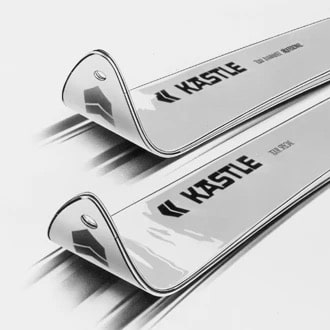
Kästle saw sustained success with its World Cup racing program during the 1980s. Andreas Wenzel of Lichtenstein won the overall World Cup in 1980, the first Kästle skier to do so. He was followed by Switzerland’s Pirmin Zurbriggen who was picked as the “Swiss skier of the 20th century.” He won the overall World Cup in 1984, 1987, 1988, and 1990, a Downhill gold medal in the 1988 Olympic Games in Calgary, and a total of nine World Championship medals with gold medals in Downhill, Combined, Super-G, and Giant Slalom. In what may be considered one of his most amazing accomplishments, he had a double victory at Kitzbuhel winning back-to-back Downhills on the famed Streif race course in 1985. Overall, he won 40 World Cup races in all five disciplines: Downhill, Super-G, Giant Slalom, Slalom, and Combined.

Unfortunately despite the racing successes, the company was struggling and in 1991, Fischer sold Kästle to the Italian conglomerate Benetton, three years after Anton Kästle Sr.’s death. Benetton merged Kästle‘s operations with the Italian brand Nordica, which it had purchased in 1989, and by 1998 the combined ski manufacturer dropped the Kästle skis brand entirely.
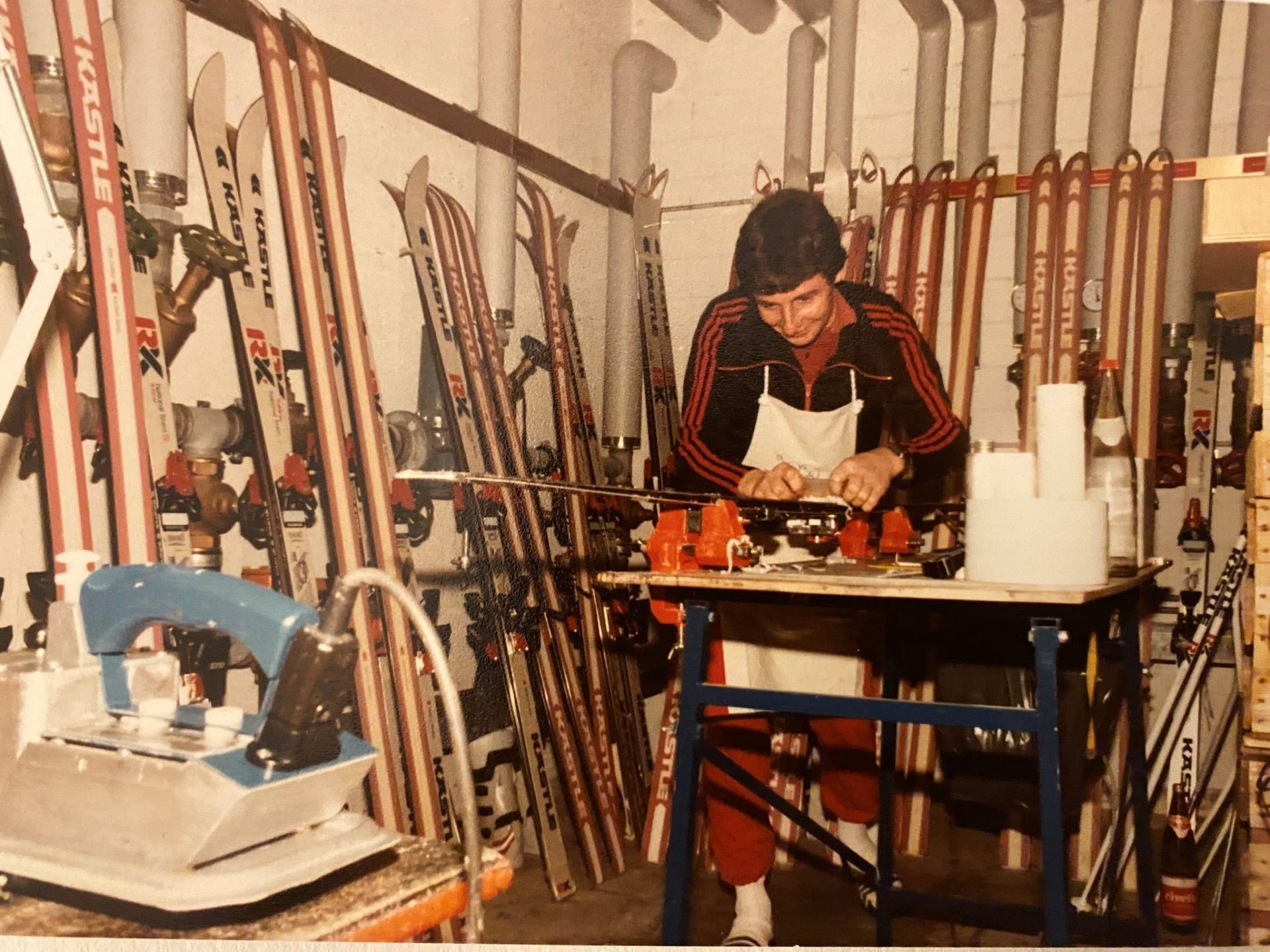
In 2007, the Rudolf Knünz investment group purchased the rights to the Kästle brand and reintroduced it as a premium, low-production ski. The company’s initial Comeback Collection received a positive reception. Reviewing the MX 78 model, Eric Edelstein from ExoticSkis.com, wrote, “This is what ski racers would want on their day off for hardpack frontside carving. Robustly damp and quiet power tool for holding race-like arcs on hard surfaces.” Jackson Hogen, posting on Realskiers.com, stated, “The current Kästle camp relies on modern execution of a traditional construction, with a signature damping system called Hollowtech adorning every tip.”
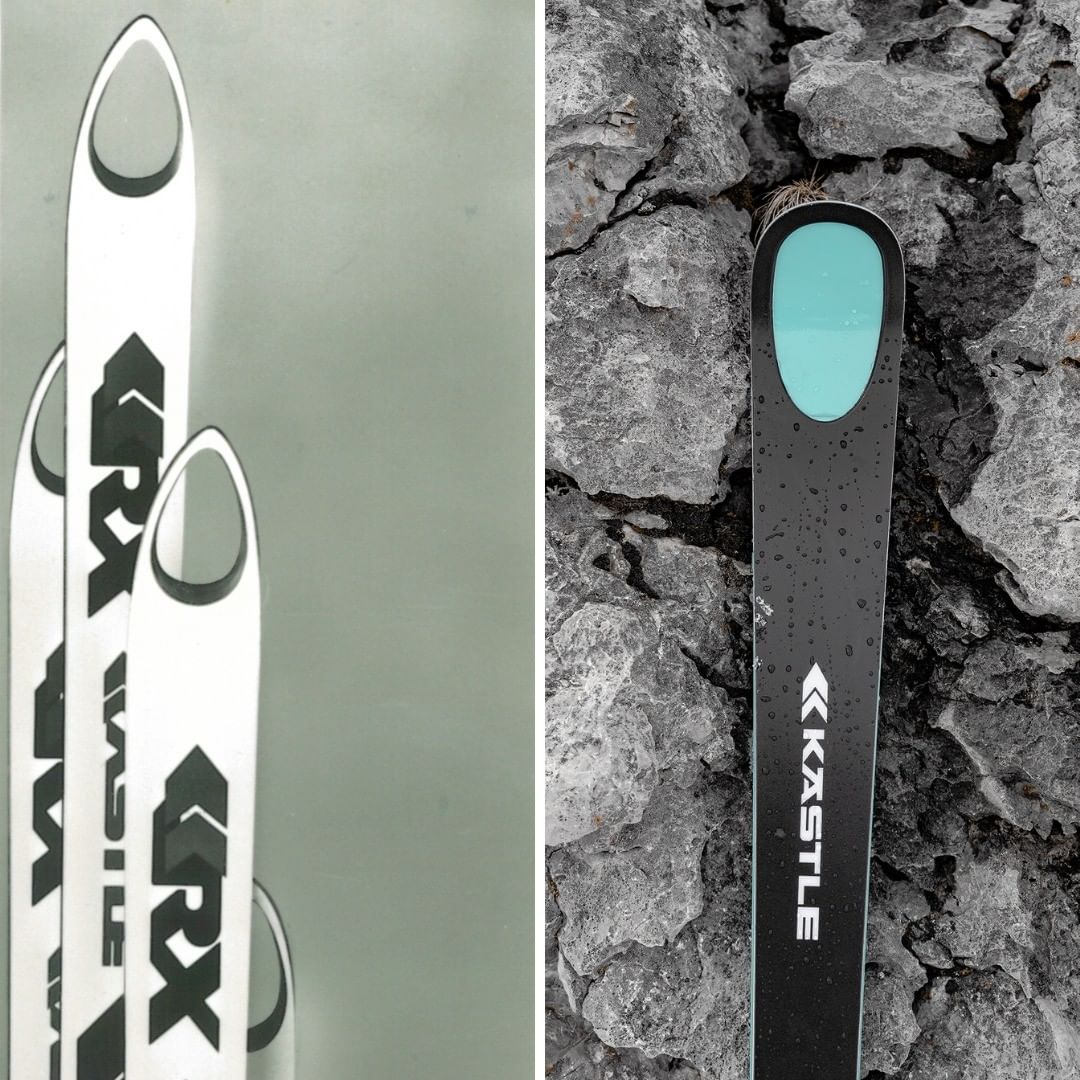
In 2018, Sporten ConsilSport, a joint stock company controlled by retired Czech ski racer Tomáš Němec, became the new majority owner of Kästle. Němec aggressively planned to expand the brand and restore it as one of the industry’s most recognized names. The company’s headquarters and development division remained in Hohenems, but some production was moved to ConsilSport’s plant in the Czech Republic which was producing 100,000 pairs of skis per year.

The company set its sights on returning to World Cup racing; however, the path to becoming a FIS-recognized brand proved rockier than anticipated. Before the 2019/2020 World Cup season, Austrian tech skier Katharina Liensberger signed with the company. A conflict with the Austrian Ski Federation ensued as Liensberger could not find a boot company in its official equipment pool willing to supply her. Liensberger was not allowed to race in the season-opening Sölden Giant Slalom and she quickly re-signed with her former sponsor, Rossignol. Kästle solved this problem for the following season by forming partnerships with Dalbello and Lange for boots, and Marker for bindings.

Since the return of Kästle to the Alpine World Cup in November 2022, its top athletes have been victorious. Alpine skiers include Ester Ledecká (Olympic double gold medalist in skiing and snowboarding, World Cup Super-G victory), Ilka Štuhec (World Cup Downhill Globe, World Championship Downhill Gold, & World Cup victories in Downhill, Super-G, & Combined) & Jasmine Flury (World Championship Downhill Gold & World Cup Downhill victory). These athletes continue to build Kästle’s racing legacy.
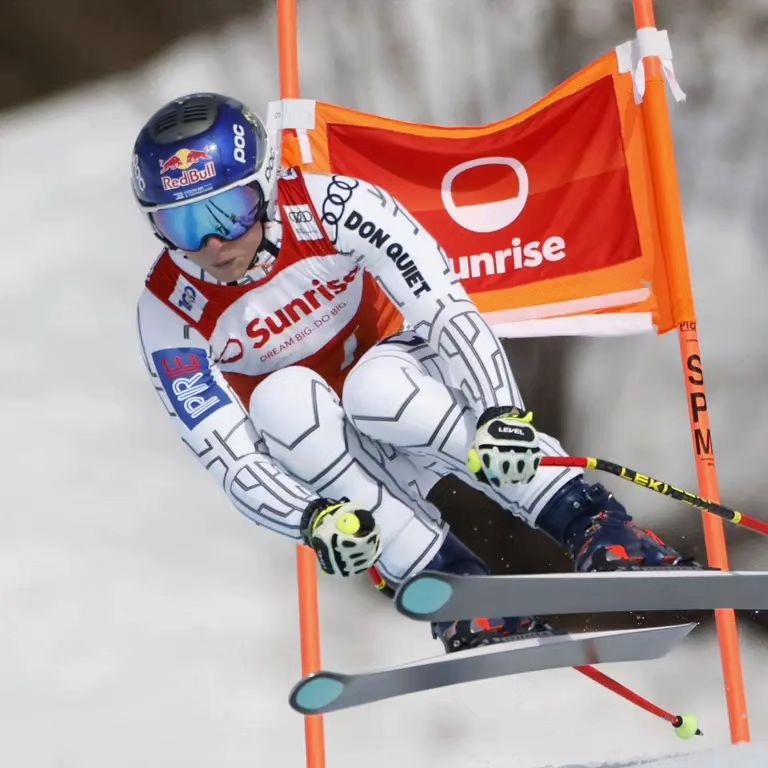
Fast forward to the 2024 World Cup Finals. Tamara Tippler, an Austrian Speed skier returning from maternity leave, was back in the starting gate forerunning the Saalbach Downhill on a pair of Kästle RX 12 Downhill skis. Tippler has 10 podiums split between Downhill and Super-G and at the 2022 Winter Olympics, she missed the Super-G bronze medal by three-hundredths of a second. The former Solomon athlete will race on Kästle’s for the 2024-2025 season.
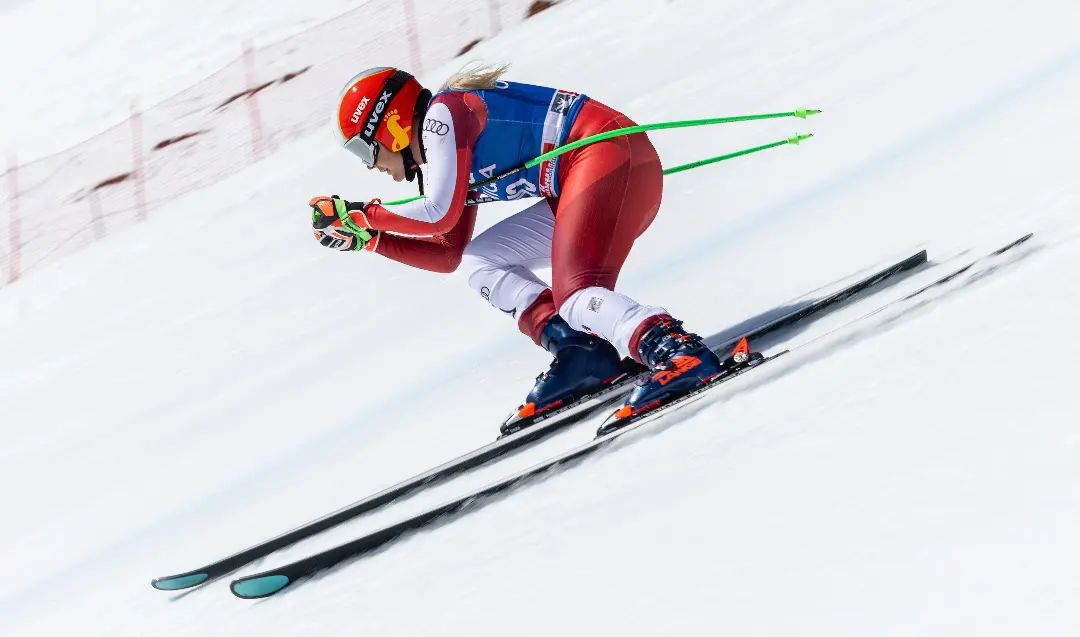
Despite setbacks, the resurrected company aims to become a leading player in the global ski market, with racing and competition at its core. While its top skis are still a premium product, it also makes new ski models, including cross-country skis, and an alpine race boot line. It controls all aspects of product development, testing, and manufacturing. Since 2019, “Fast As Ever” has become its new slogan.
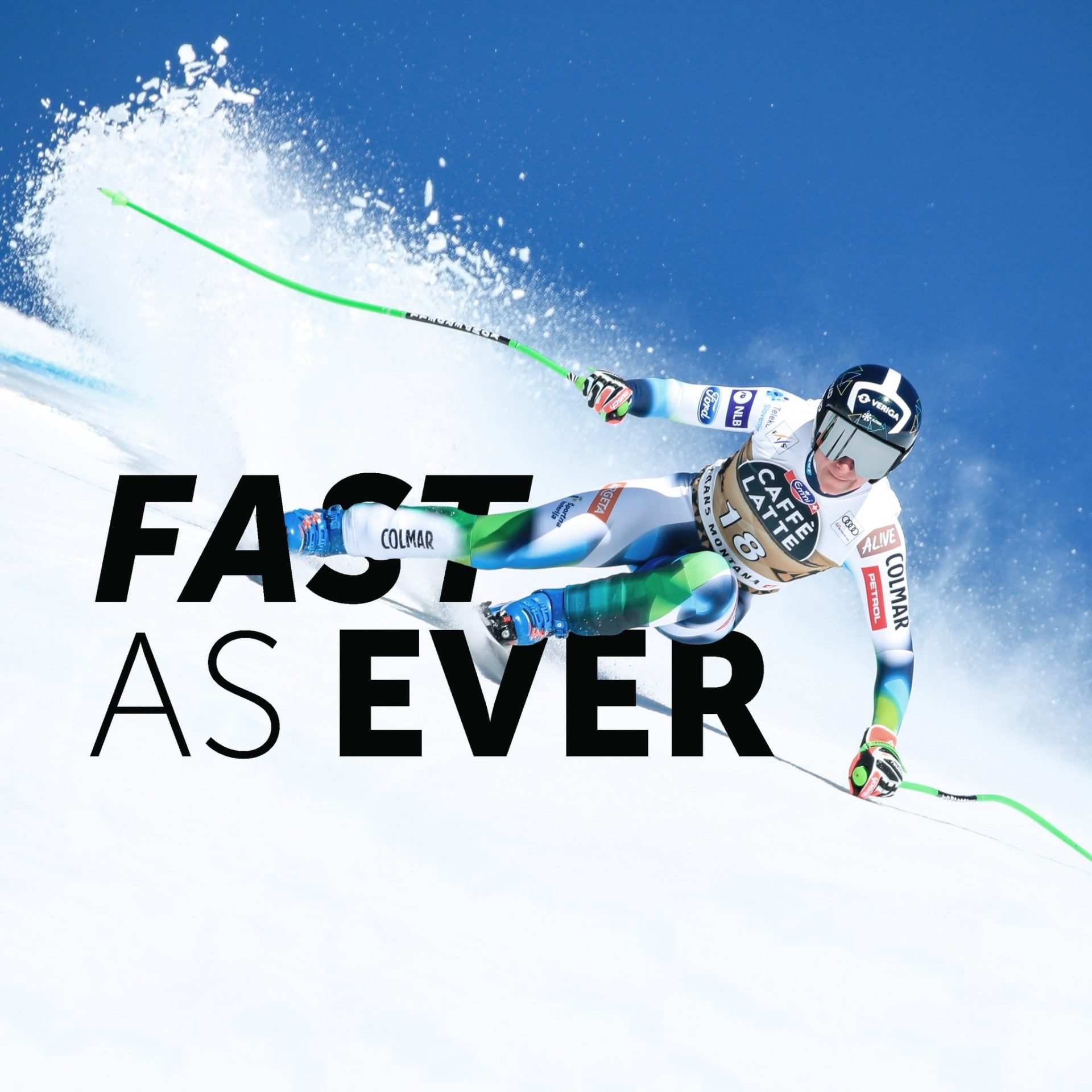
For the upcoming 2024/2025 season, Kästle has 37 sponsored athletes competing in World Cup Alpine, Nordic, Ski Cross, Aerials & Moguls, and Ski Mountaineering disciplines. It has skiers competing in the World Freeride Tour and Speed Skiing; it currently sponsors several athletes and national teams on the Europa Cup circuit, including the German Moguls Team. Kästle sponsors High Potentials and Ambassadors programs comprised of an additional 29 athletes. Its High Potential skiers are working to establish themselves at the upper levels of competitive Alpine, Nordic, and Freeride skiing. Backcountry specialists, freeride skiers, and former racers who love to share their passion for skiing with others are Kästle Ambassadors. These support and outreach strategies reflect the company’s desire to generate market exposure.
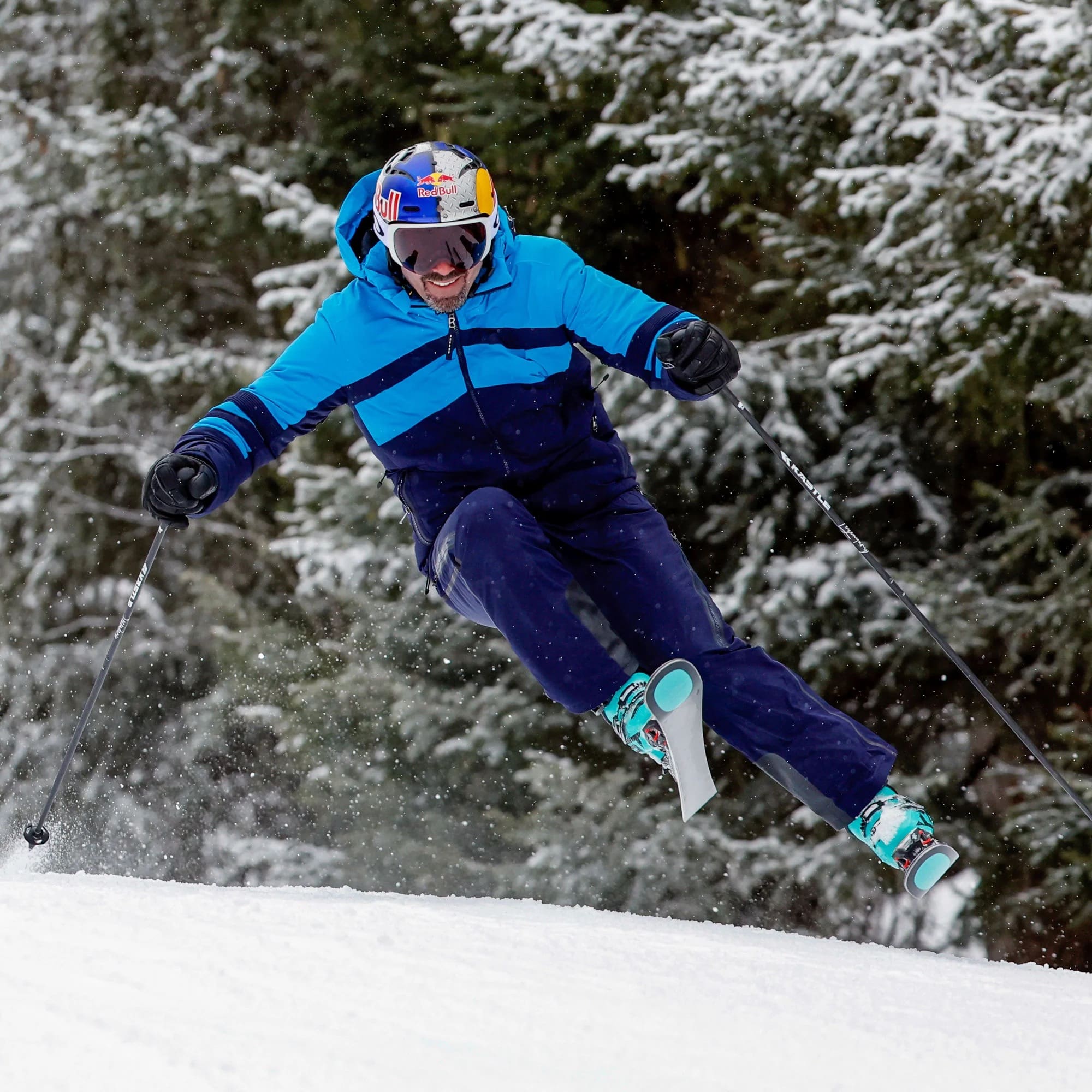
Němec is making good on his promise to restore the Kästle brand to prominence. From Anton Kästle’s original workshop to its modern factories in Austria and the Czech Republic, the 100-year-old brand has overcome adversity. Despite ownership changes and even absences from the market, the company continues to be a technological leader and successful in multiple domains of modern competitive skiing. Given its dedication to Anton Kästle’s legacy of focussing on quality craftsmanship, the future is looking bright for this Austrian ski brand.
